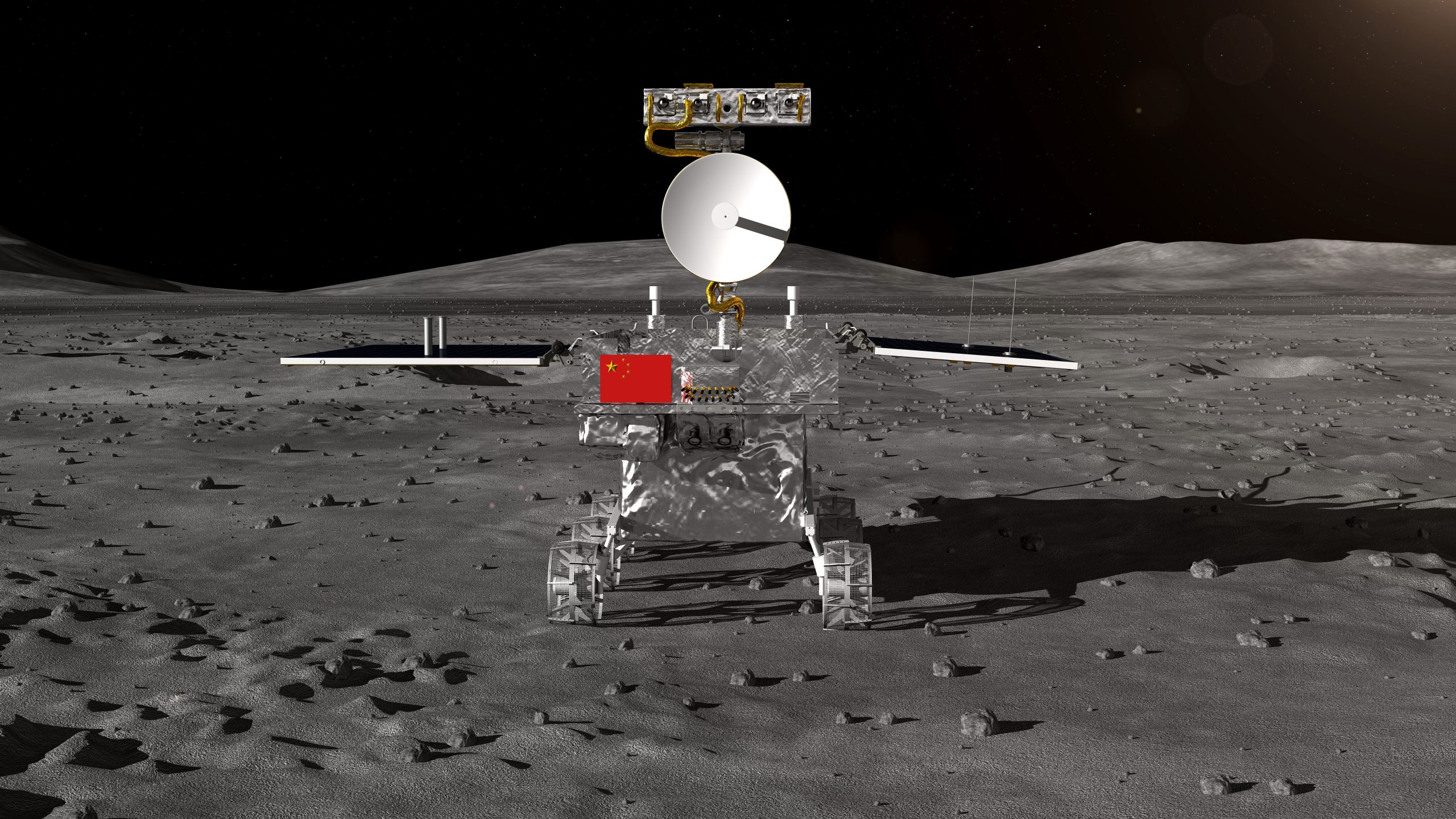In a groundbreaking achievement for space exploration, China has successfully landed a spacecraft on the far side of the moon, often referred to as the “dark side” due to its relative obscurity and inaccessibility. This historic event marks a significant milestone in China’s ambitious space program and opens new frontiers for scientific discovery.
Mission Details
The Chang’e-4 mission, named after the Chinese moon goddess, made its descent onto the moon’s far side on January 3, 2019. This part of the lunar surface remains perpetually out of direct view from Earth due to tidal locking.
The mission’s lander and rover touched down in the Von Kármán crater within the South Pole-Aitken Basin, one of the largest and oldest impact craters in the solar system.
Technological Feats
Landing on the moon’s far side presented numerous challenges. The primary obstacle was the lack of direct communication with Earth, necessitating the deployment of a relay satellite, Queqiao, positioned in a stable orbit around the moon.
Queqiao enables the transmission of data between the Chang’e-4 lander and mission control in China, facilitating continuous monitoring and command operations.
Scientific Objectives
The Chang’e-4 mission aims to conduct a series of scientific experiments and studies. Key objectives include:
- Geological Surveys: Analyzing the composition and structure of the lunar surface to gain insights into the moon’s formation and evolution.
- Radiation Measurements: Assessing space weather and cosmic radiation levels, crucial for future manned missions.
- Biological Experiments: Conducting experiments to observe the growth of plants in a low-gravity environment, providing valuable data for potential long-term lunar habitats.
The lander is equipped with a range of scientific instruments, including panoramic cameras, ground-penetrating radar, and spectrometers. The rover, named Yutu-2 (Jade Rabbit-2), will explore the lunar surface, collecting samples and conducting in-depth analyses.

International Collaboration and Implications
China’s successful landing on the moon’s far side has garnered international attention and underscores the nation’s growing capabilities in space exploration. This mission sets a precedent for future collaborative efforts, as data and findings from Chang’e-4 will be shared with the global scientific community.
NASA and the European Space Agency (ESA) have expressed interest in the mission’s outcomes, recognizing the potential for shared knowledge and advancements in lunar science. The mission also strengthens China’s position as a formidable player in the new space race, alongside other major spacefaring nations.
Related Articles:
- Breaking: Urgent Amber Alert Issued for 14-Year-Old Boy in Bryan!
- Injuries Reported at Fort Worth Police Department Training Facility After Lightning Strike!
- Albuquerque Crime Ring Member Charged with Racketeering
Future Prospects
Building on the success of Chang’e-4, China has ambitious plans for its space program. Upcoming missions include Chang’e-5, aimed at returning lunar samples to Earth, and a series of projects focused on constructing a manned lunar research station by the 2030s. These endeavors highlight China’s long-term vision of sustained lunar exploration and utilization.
